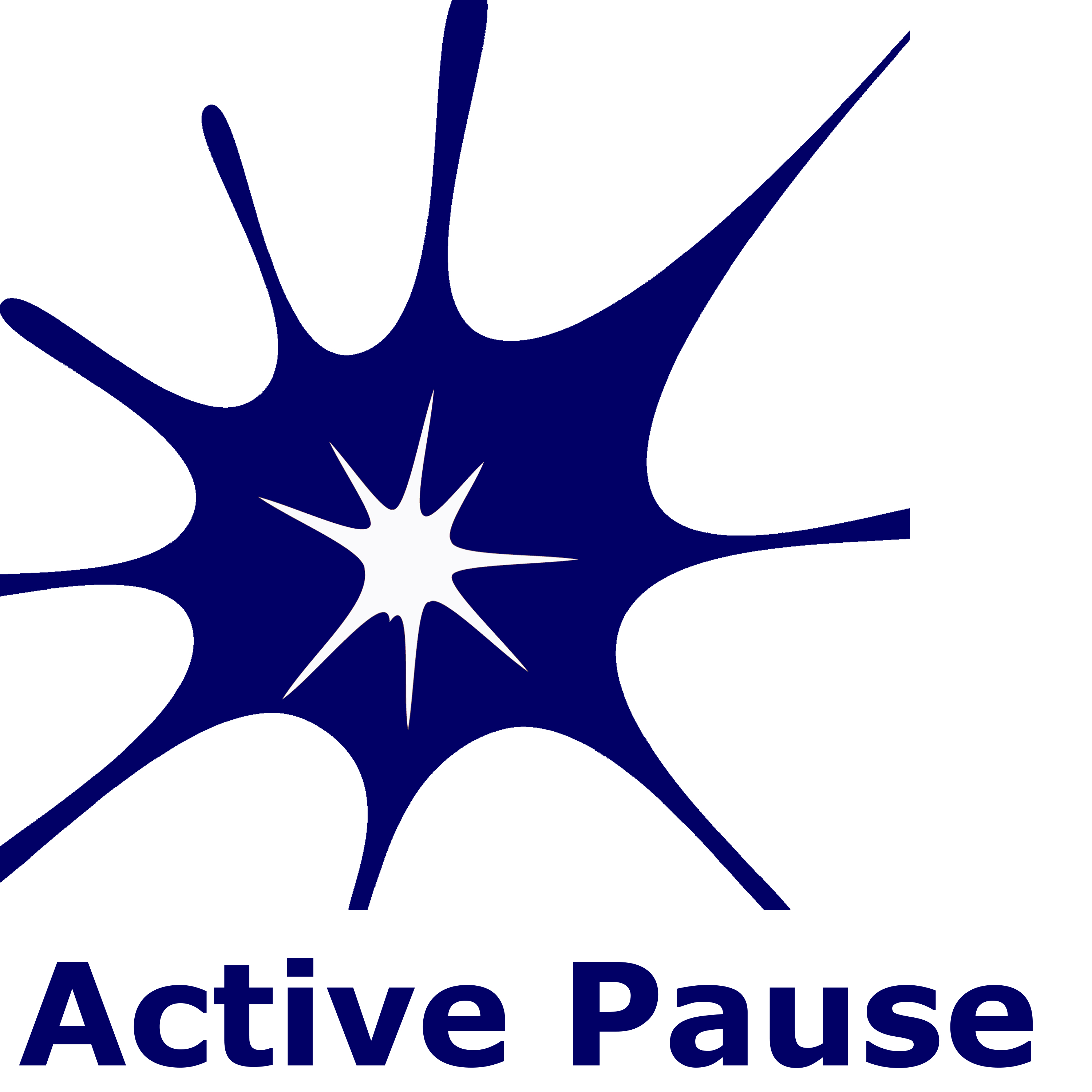One-Minute Mindfulness: Active Pause With Fingers Touching
Description
See the audio recording below the text.
I like to refer to my contemplative practices as Active Pause, as opposed to meditation. There is so much baggage, so many expectations about what meditation is or is not. I find it very liberating to think of it differently. Putting a different name on it helps free me from the baggage and inspires me to have more of an experimental attitude.
One minute
Today, I’m going to describe to you a one-minute practice. Now, when I say one minute, it could be 50 seconds or five minutes. We’re not timing it. So, it’s just something that’s going to be pretty quick.
The word “quick” is funny when applied to something contemplative. It implies fast action. So it’s quick, only seen from the outside–people would say this activity doesn’t last very long. But the inside time is stretched and expands during that one minute into something where you pay more attention to what’s happening. And it’s as if the walls of time are expanding as you touch them and play with them.
So, what is this simple practice that I am suggesting?
You sit on a bench or a chair, with your feet touching the ground. If you are on a chair, your back is not touching the back of the chair.
Your hands are in front of you. You touch the fingers to each other so that each finger touches the corresponding fingers on the other hand. You rest your arms on your lap with the fingers facing forward and the thumbs facing up. You close your eyes.
As you gently breathe, you feel the fingers touching each other with gentle pressure. As you feel this gentle pressure, you feel the elbows moving away from each other. You keep gently breathing as you do this. You notice that, as you gently push the fingers together and move the elbows away from each other, your spine will probably tend to gently straighten up. To gently elongate.
And you may also notice that your shoulders might tend to open up and gently make more room in your chest. As you stay with this, you see the quality of allowing as opposed to forcing.
When it feels right, you stop.
What do you notice?
Often, the kinds of things you notice as you’re doing this, or afterward, are very subtle.
And that’s what a pause does. It’s a slowing down and getting into a different rhythm, which includes noticing things that we would not necessarily see when we’re not in a pause mode.
But we’re also talking about noticing. That quality, together with the allowing, is what makes the pause active. It’s not just an interruption. It’s an active pause.
You can do it once a day. You can do it many times throughout the day. I’m inviting you to play with it, with an attitude of curiosity. And notice what happens, moment by moment, and over time, as you experiment with this practice.
Inspired by Merete Holm Brantbjerg.
More Episodes
Published 07/07/24
Meditation is an opportunity to be mindfully present, moment by moment. Specifically, paying attention to what happens in our body, for instance, our breathing and our posture. It does not mean that there are no thoughts, feelings, or other distractions. Of course, there are plenty of those. It...
Published 07/07/24
I invited my friend and colleague Leslie Ellis to have a conversation about Active Imagination in therapy and in life. Here is a recording of that conversation. We talk about it at the same time as we practice what we’re talking about. So this conversation itself is informed by Active...
Published 06/18/24


